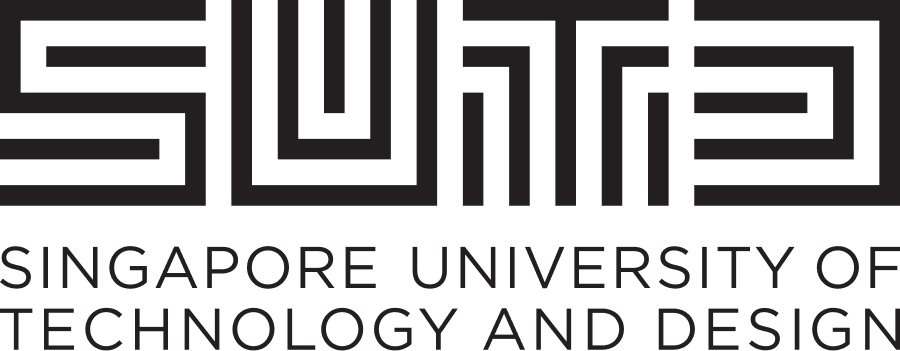Programme Outline
Day 1
- Mathematical Foundation (Differential Equations, Linear Algebra, Laplace Transform, Etc)
- System Modelling
- Dynamic Response
- Stability
- Automatic Controllers
- Controller Tuning
- Position and Velocity Control of DC Motor
Day 2
- Kinematics and Dyanamics of Serial Manipulators
- Kinematics and Dyanamics of Parallel Manipulators
- Robot Operating System (ROS) Fundamentals and Hands On Operation
Day 3
- Autonomous Mobile Robots – basic concepts
- Mobile Robotic System General Structure
- Robot Hardware – Mobility
- Robot Hardware – Robot Sensing
- Robot Hardware – Localisation
- Robot Intelligence – Mapping
- Robot Intelligence – SLAM
- Robot Intelligence – Motion Planning
- Robot Intelligence – Task Planning
- Robot Fleet Management
Day 4
- Automation systems – basic concepts
- Computations in controllers
- Different principles of automation application logic design
- State based logic – basics
- IEC 61499: main principles
- State based logic – elevator use case
- Implementation of state machines in IEC 61499 basic function blocks
- State logic extensions
Day 5
- Post-Assignment and Presentations
Assessment
Multiple methods of assessment are used to provide an opportunity for the participant to demonstrate their learning results with a variety of learning styles. These include:
• Pre-assignment due before class
• Class contribution
• In-session assignments (group work and presentations during the module)
• Take-home assignment after class
Subject Credits
Upon completion and satisfying the requirements of passing this course, learners will be awarded 12 subject credits.
Tags
